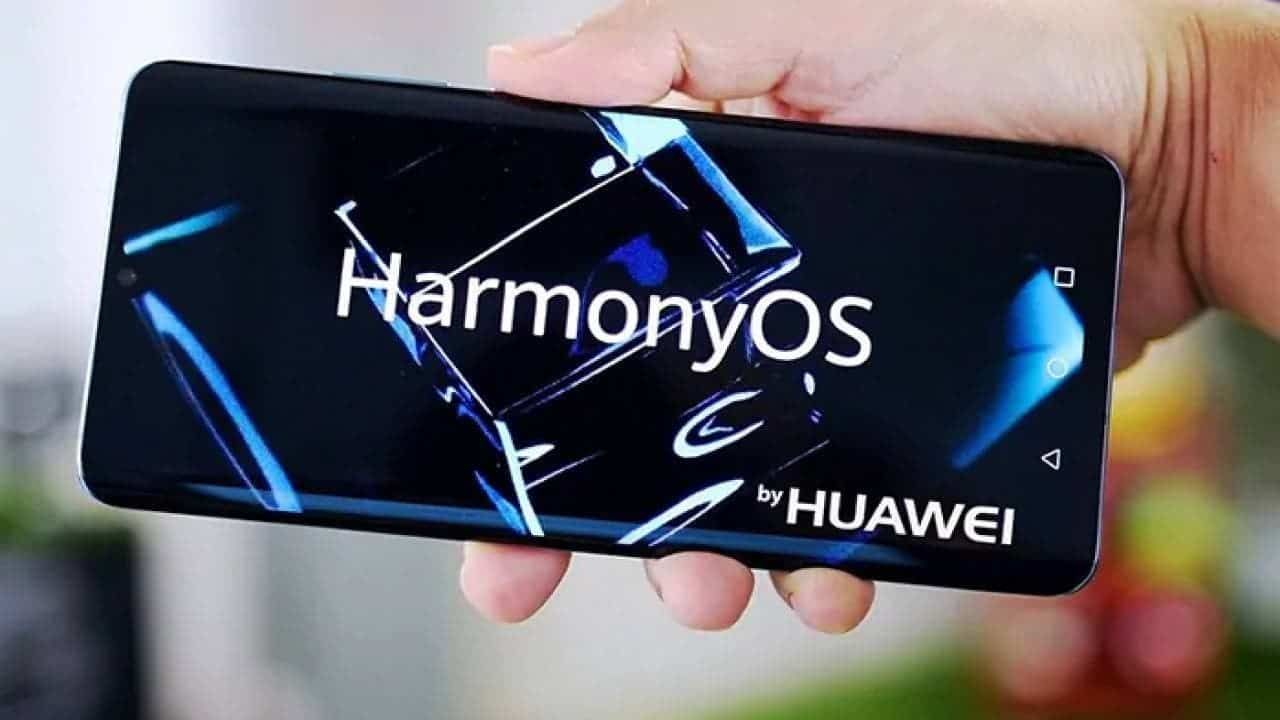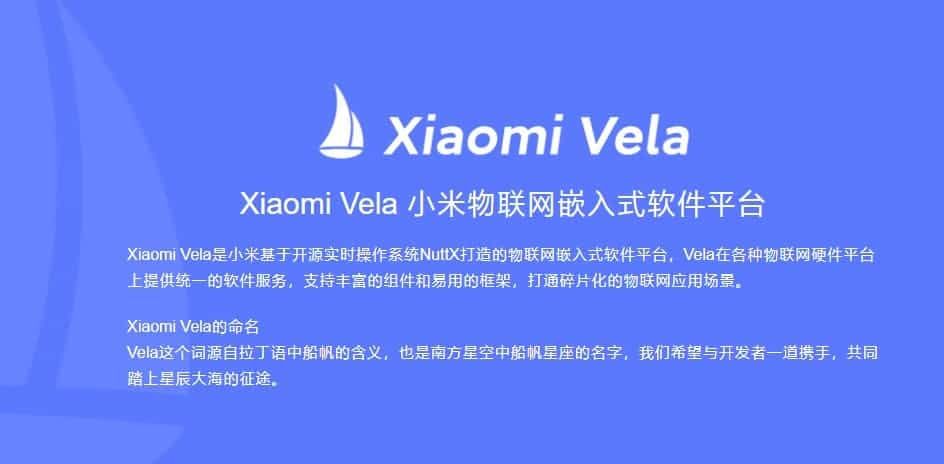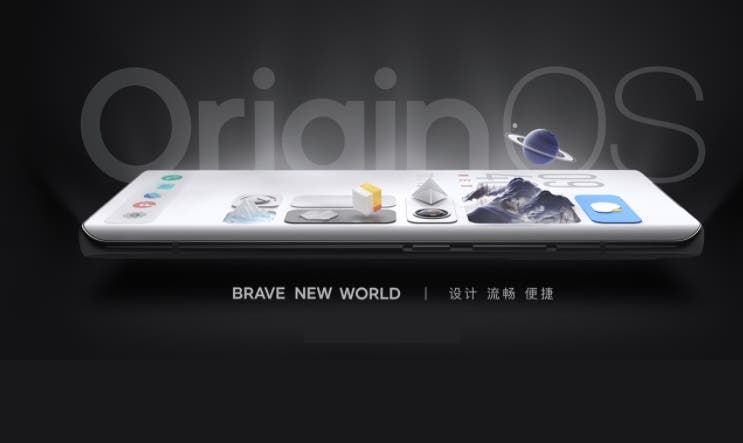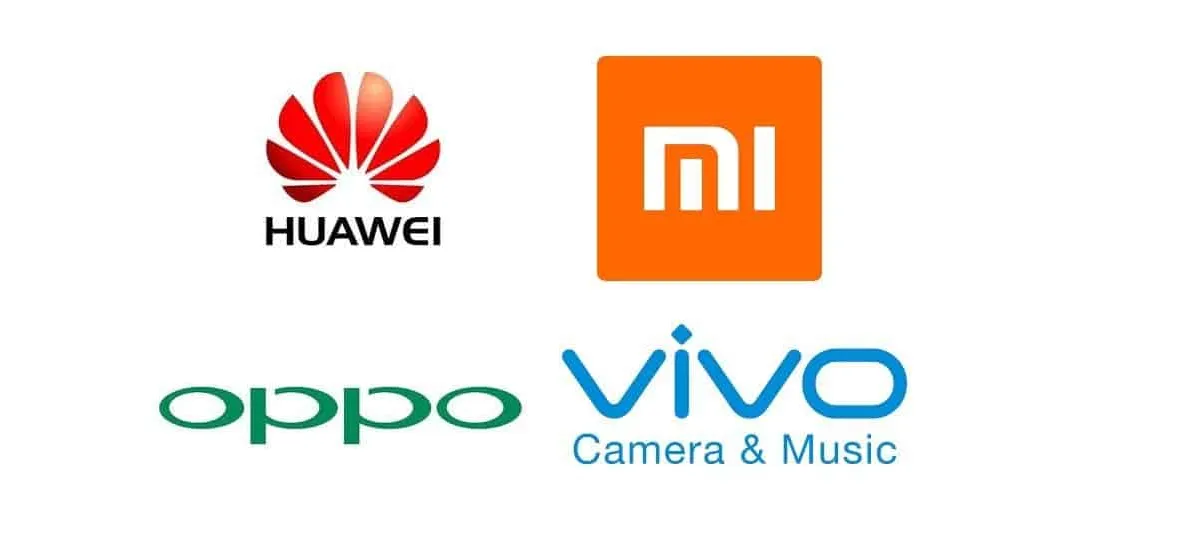The four major China-based first-tier smartphone giants Huawei, Xiaomi, OPPO, and VIVO have all held this year's developer conferences. By comparing the differences in the agenda settings, themes, and content of the four developer conferences, we can see the focus of each manufacturer at the application ecological level, as well as the different situations faced by each manufacturer under the influence of the big environment.
Xiaomi vs Huawei
Say, Huawei focused on the progress of ecological construction such as Harmony OS and HMS. Xiaomi focused on ‘showing’ the third quarter smartphone shipments and returning to the third place, and introduced a large amount of investment in research and development and technology. Moreover, Xiaomi is going to make unprecedented changes in its software and will launch a new OS.
Also read: Harmony OS Won’t Come To Smartphones Soon
The interconnection and integration of everything has become a trend. So leading manufacturers are paying more and more attention to cross-device collaboration and the construction of the IoT ecosystem. But Huawei and Xiaomi have clearly gone a step further, launching an IoT operating system. Currently, Huawei’s IoT platform has more than 220 million connections and Xiaomi has more than 271 million connections.
From the perspective of the number of technical forums mainly for developers, Huawei has 38 forums and Xiaomi has 15 forums. In this sense, OPPO and VIVO have less than 10 forums.
Huawei’s Harmony OS
Huawei has introduced the progress of Harmony OS, HMS, EMUI, and HiLink at the developer conference. Also, it called on partners and developers to work more actively and make these systems popular.
Specifically, Huawei has made rapid progress in the application ecosystem. Yu Chengdong announced at the developer conference that Harmony OS 2.0 will be an open-source platform. At the end of the year, the beta version of smartphones will be released for developers, and he promised that Huawei smartphones will fully run Harmony system next year. Models equipped with EMUI 11 will be upgraded to Harmony system in the future. Compared with 2019, HMS global registered developers increased by 98%, reaching 1.8 million.

Wang Chenglu, president of Huawei's consumer business software department, reminded that although many high-tech companies in China have entered the world's top 500, this is very dangerous because there is no ‘root’ in the mobile application industry.
Huawei is aware of ‘rootless pain’. So it attaches great importance to ecological construction internally. A person from Huawei told that Harmony’s strategic position is ‘the foundation of the entire consumer business ecological platform’. This person believes that the exploration of the 5G business model will definitely attract a lot of developers.
Xiaomi Moves To Its Goal Step By Step
Compared with Huawei’s tragic and unpredictable atmosphere, Xiaomi’s developer conference this year is more like a ‘grand military parade’. We mean it is focusing on showing the achievements of black technology, smartphones and IoT, as well as Xiaomi's massive investment in research and development. However, we should admit that it yields Huawei in this sense.

In the offline main forum, Xiaomi executives repeatedly emphasized the company’s return to the world's third place in the third quarter and the technological progress made in cameras and charging. Lei Jun said that behind Xiaomi's return to the top three is its insistence on technology. Also, he said that Xiaomi's R&D investment is increasing year by year. Zeng Xuezhong, president of Xiaomi's smartphone division, said that Xiaomi occupies 4 seats in the top 10 single-model sales in the world. Its smartphone market share has entered the top 5 in 50 countries and regions.
As the earliest player to enter the IoT, Xiaomi said that its IoT platform has connected more than 271 million smart devices. The progress of ecological construction disclosed by Xiaomi at this conference is all related to IoT.
Harmony OS vs Xiaomi Vela
Against the benchmark Harmony, Xiaomi launched the IoT software platform - Xiaomi Vela based on the open source embedded operating system NuttX at the Developer Conference. The difference between the two is that at present Xiaomi Vela is mainly suitable for IoT devices, such as watches, bracelets, speakers, etc. And Harmony OS is suitable for a wider range. In addition to IoT devices, it will also be carried on smartphones.
There have been rumors that head manufacturers such as Xiaomi will support the Harmony system. But now it is less likely from Xiaomi's launch of Vela and other actions. At the developer conference, a Xiaomi R&D engineer told that ‘The possibility of Xiaomi passively accessing Harmony is very small.‘
In addition, Xiaomi brought the Mi Miaoxiang development framework to developers. It shields the upper-layer applications from the differences of different underlying operating systems. Application developers can develop cross-device collaborative applications. It allows applications to seamlessly switch between smartphones and TVs. The previously predicted MIUI 13 did not appear.
OPPO vs VIVO
At the 2020 Developer Conference, ColorOS 11 launched by OPPO focuses on personalized creation, seamless experience, and sensory invigoration. The OriginOS launched by VIVO mainly upgrades the UI design.
Also Read: Realme: Next Year Will Launch More Than 100 IoT Products
The OPPO Developer Conference focuses on the integration of people, equipment and scenes. VIVO’s theme is ‘Original Everything’. This advocates returning to the original and building an ecology from smartphones.
In specific use, ColorOS 11 supports information synchronization with OPPO Watch. The latter can answer calls and send and receive information through the watch.

OriginOS has carried out subversive innovations mainly in UI design. Huarong is a brand new desktop grid system that can flexibly and freely display the characteristics of every element of the desktop. The atomic notification function displays the notification directly on the desktop app. The atomic component library is a unique desktop app combination method that can provide a simple and convenient way to call.
In terms of cross-device collaboration, OriginOS' IoT service portal has been further optimized. Now, smart home services are more intuitive and accessible. The company also made many optimizations for the Bluetooth car keys, car screen projection, and car control capabilities.
With the development of 5G, the interconnection of everything is the most significant trend. Both OPPO and VIVO have demonstrated cross-device synergy in the OS upgrade, and they also attach great importance to the construction of the IoT ecosystem.
OPPO released multiple categories of products in the IoT field this year, including smartwatches, true wireless headsets, and smart TVs. VIVO claims that its IoT ecological platform covers more than 40 brands, more than 60 categories, and more than 1,800 models of products. In addition, VIVO also released the connected car brand of Jovi InCar. It’s a smart car system that provide users with a smooth connection experience through the sharing of the capabilities of the car and the smartphone.
In the development of IoT, OPPO seems to be slightly radical. Its founder, Mingyong Chen, previously stated that in the era of integration of everything, there will be no more ‘pure’ smartphone companies. Shi Yujian, senior vice president of VIVO, emphasized the importance of building an ecosystem for smartphones: ‘In the next 3-5 years, smartphones will remain the core and most irreplaceable entrance to the digital world.’
Conclusion
The market has a high degree of uncertainty. We have entered the 5G era. These and other factors make the market change. So the traditional smartphone makers are adopting other forms. We mean they are becoming not-pure-smartphone makers. And the developer conferences are the best indicators what course they are following to.






Place comments
0 Comments
You are currently seeing only the comments you are notified about, if you want to see all comments from this post, click the button below.
Show all comments